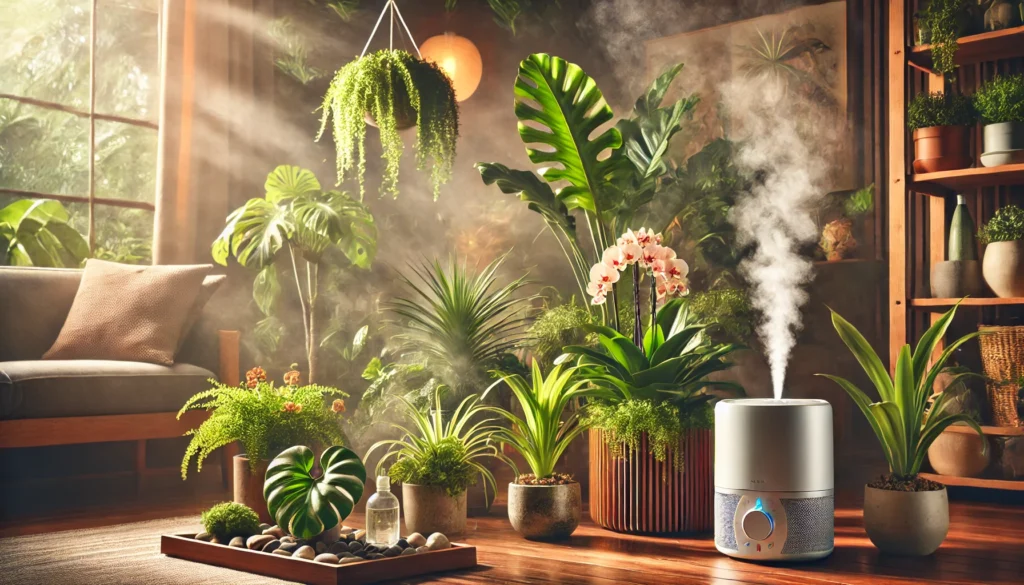
How to Improve Humidity for Houseplants: Simple Tips for Healthy Growth
Houseplants bring life and freshness to indoor spaces, but when the air is too dry, they struggle to thrive. Have you noticed crispy leaf edges, drooping foliage, or slow growth in your plants? These are clear signs that they need more moisture in the air. Learning how to improve humidity for houseplants is essential for keeping them healthy and vibrant. Whether you have tropical ferns, orchids, or delicate calatheas, providing the right humidity level can make all the difference. In this guide, we’ll explore simple, effective ways to boost humidity and create the perfect environment for your plants to flourish.
Table of Contents
ToggleUnderstanding Humidity and Its Role in Plant Health
Humidity is the moisture in the air, and for houseplants, it’s just as important as water and sunlight! 🌞 Most plants, especially tropical ones like ferns, calatheas, and orchids, come from humid environments. When indoor air is too dry, they lose moisture quickly, leading to crispy leaves, brown edges, and stunted growth. 🚨
Plants absorb water not just through their roots but also through the air. When humidity is too low, transpiration (water loss from leaves) speeds up, making it hard for plants to stay hydrated. 🌱 If moisture isn’t replenished, leaves may curl, wilt, or even fall off.
For happy, thriving plants, aim for 50-70% humidity for tropical species and 40-50% for most common houseplants. 📊 If your home feels too dry—especially in winter—it’s time to boost humidity and give your green friends the moisture they crave! 🌧️✨
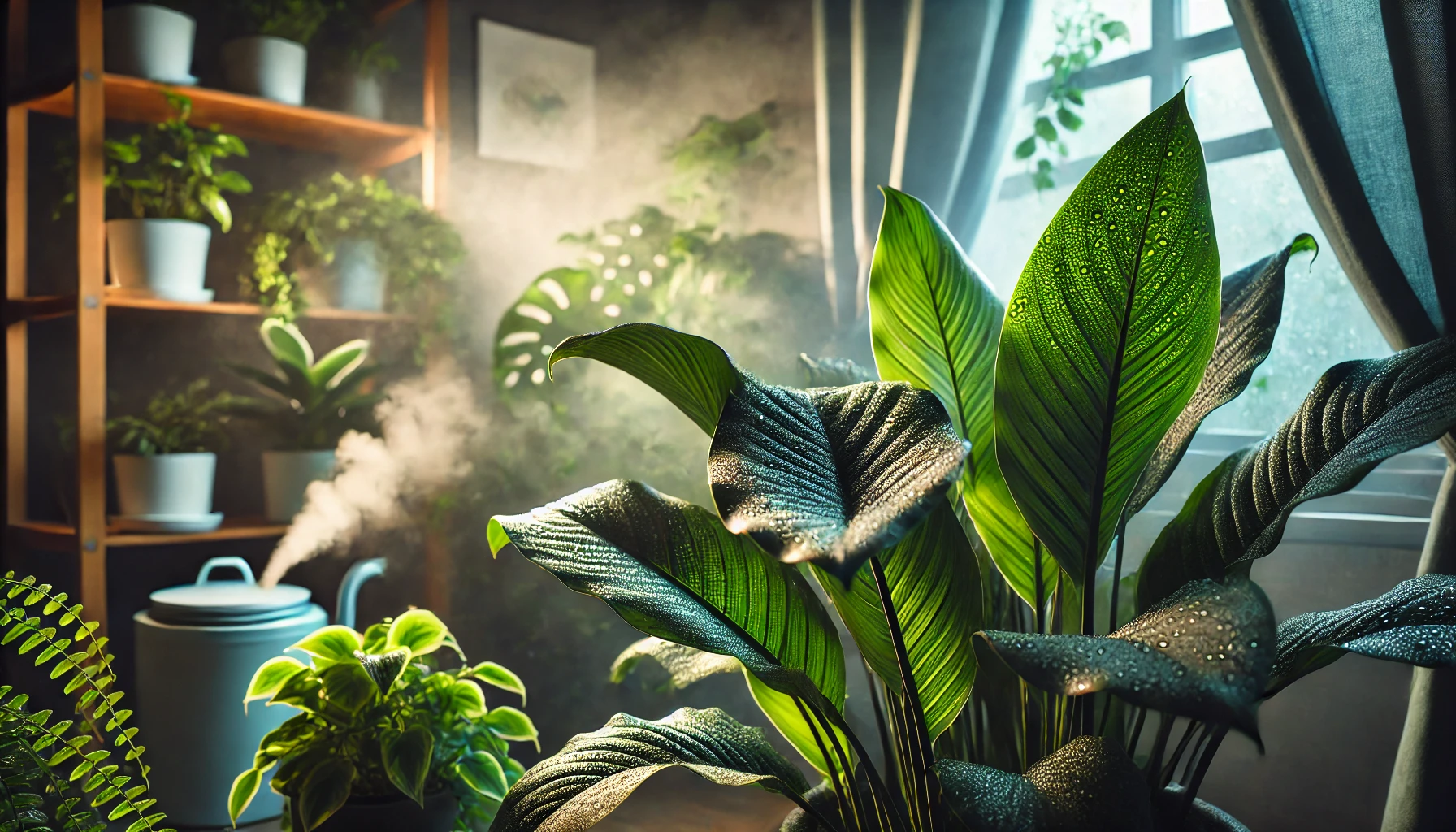
How to Identify Low Humidity Symptoms in Houseplants 🌵🚨
Low humidity can be tough on plants, and recognizing the signs early is key to keeping them healthy. Here’s how you can spot when your plants are struggling with dry air:
Brown, Crispy Leaf Edges 🌿🔥
One of the first signs of low humidity is the appearance of dry, brown edges on leaves. This happens when plants lose moisture faster than they can absorb it, leading to dehydration.
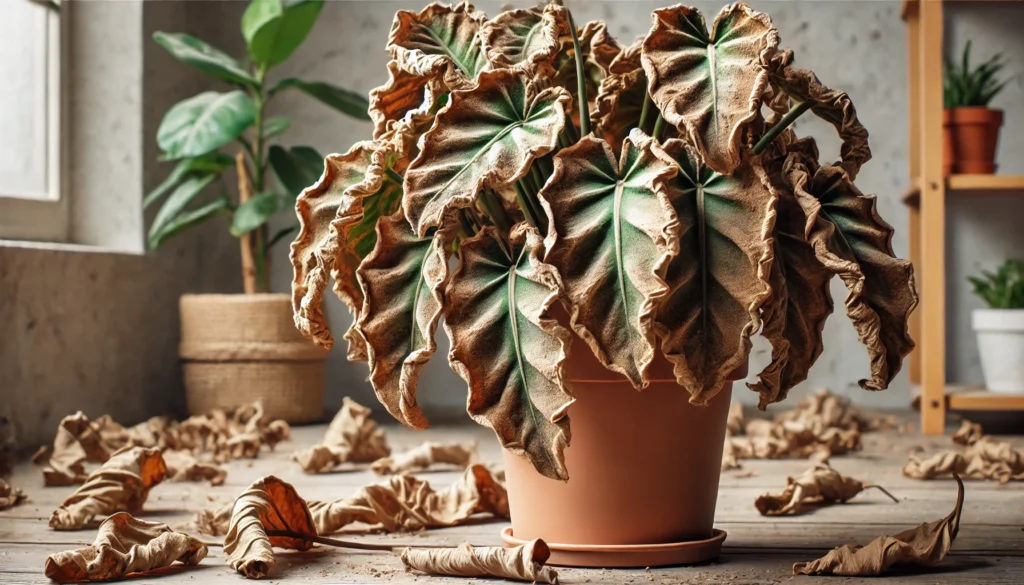
Curling or Drooping Leaves 🌱💦
If your plant’s leaves are curling inward or drooping despite proper watering, it’s a sign that the air is too dry. Plants do this to conserve moisture and prevent further water loss.
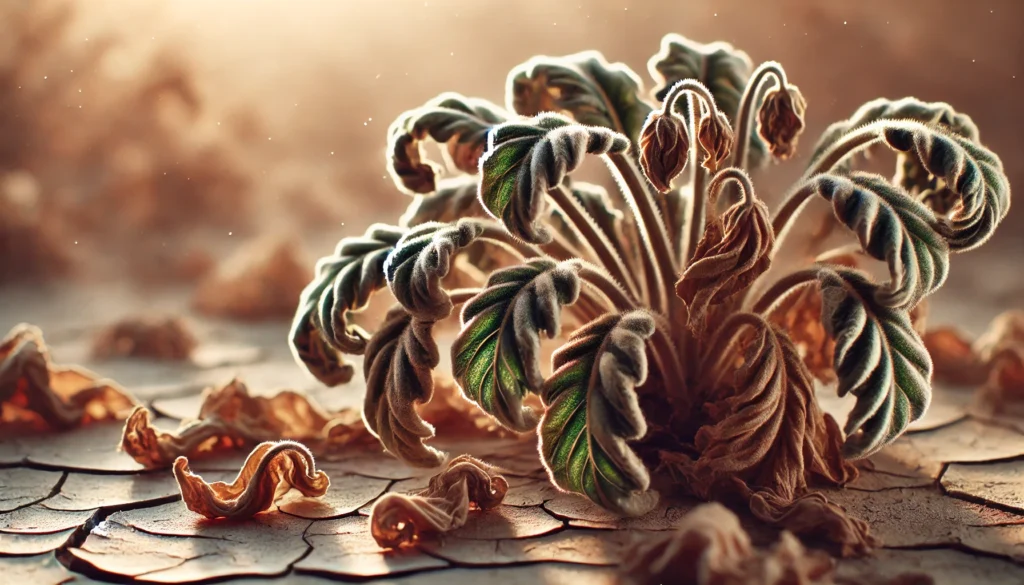
Slow or Stunted Growth 🐢🌱
A lack of moisture in the air can affect a plant’s ability to absorb nutrients properly, leading to slow growth or tiny, underdeveloped leaves.
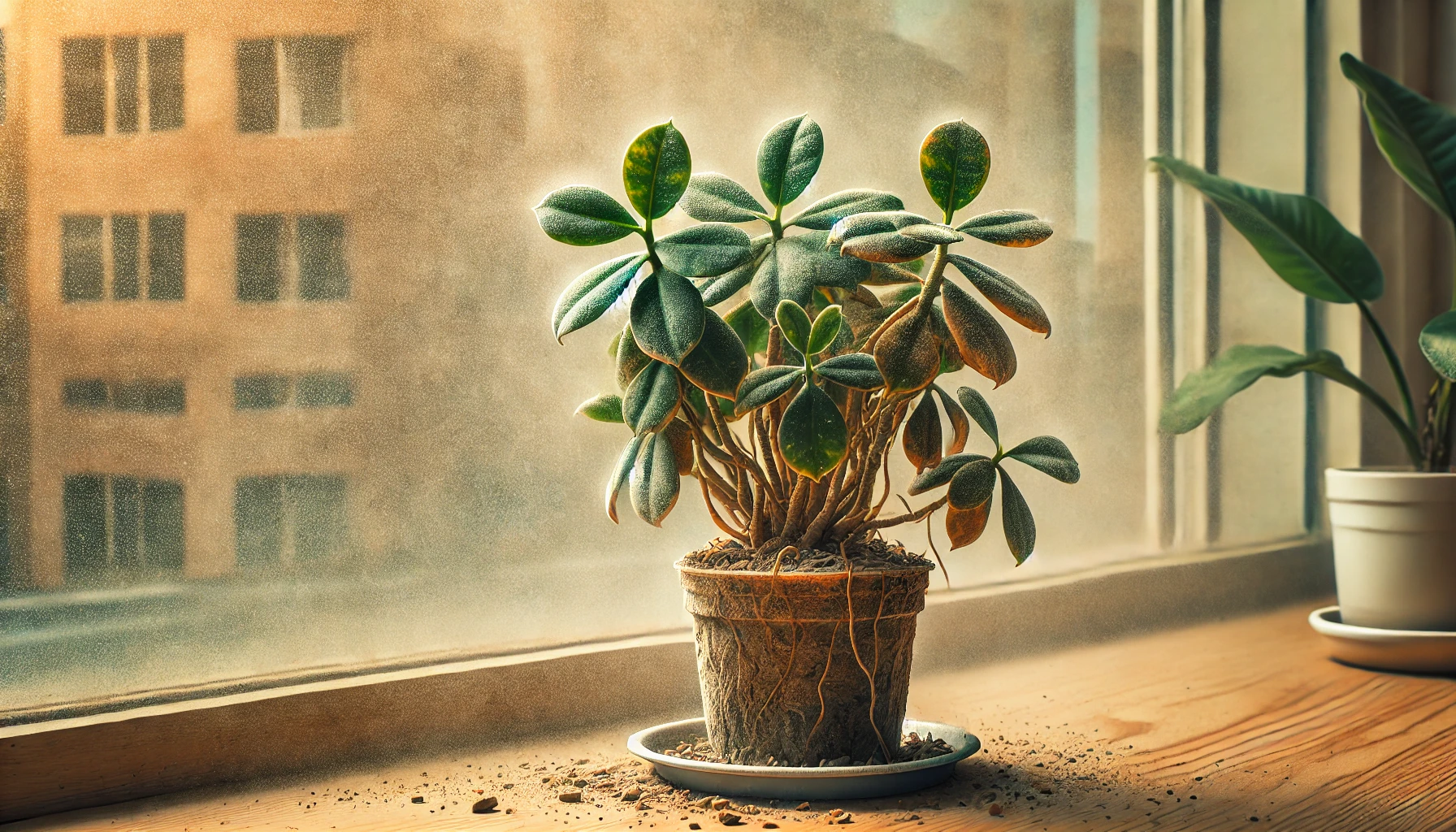
Increased Pest Problems 🕷️👀
Spider mites, aphids, and other pests thrive in dry conditions. If you notice an uptick in pests, it’s often a signal that your plants are in need of more humidity.
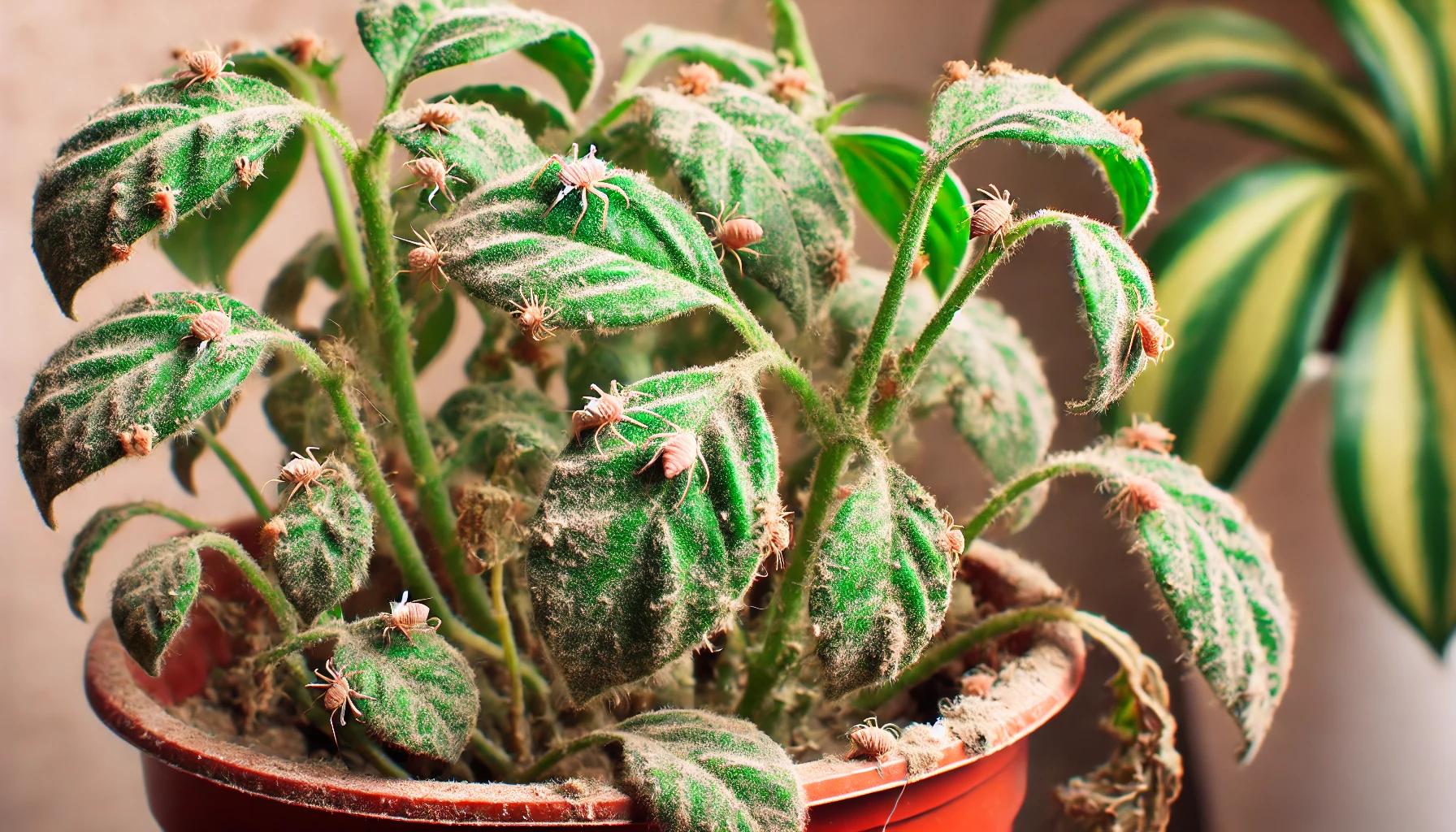
Premature Flower or Bud Drop 🌸💨
When plants don’t get enough moisture, they may shed flowers or buds before they have a chance to bloom. This is their way of conserving energy in unfavorable conditions.
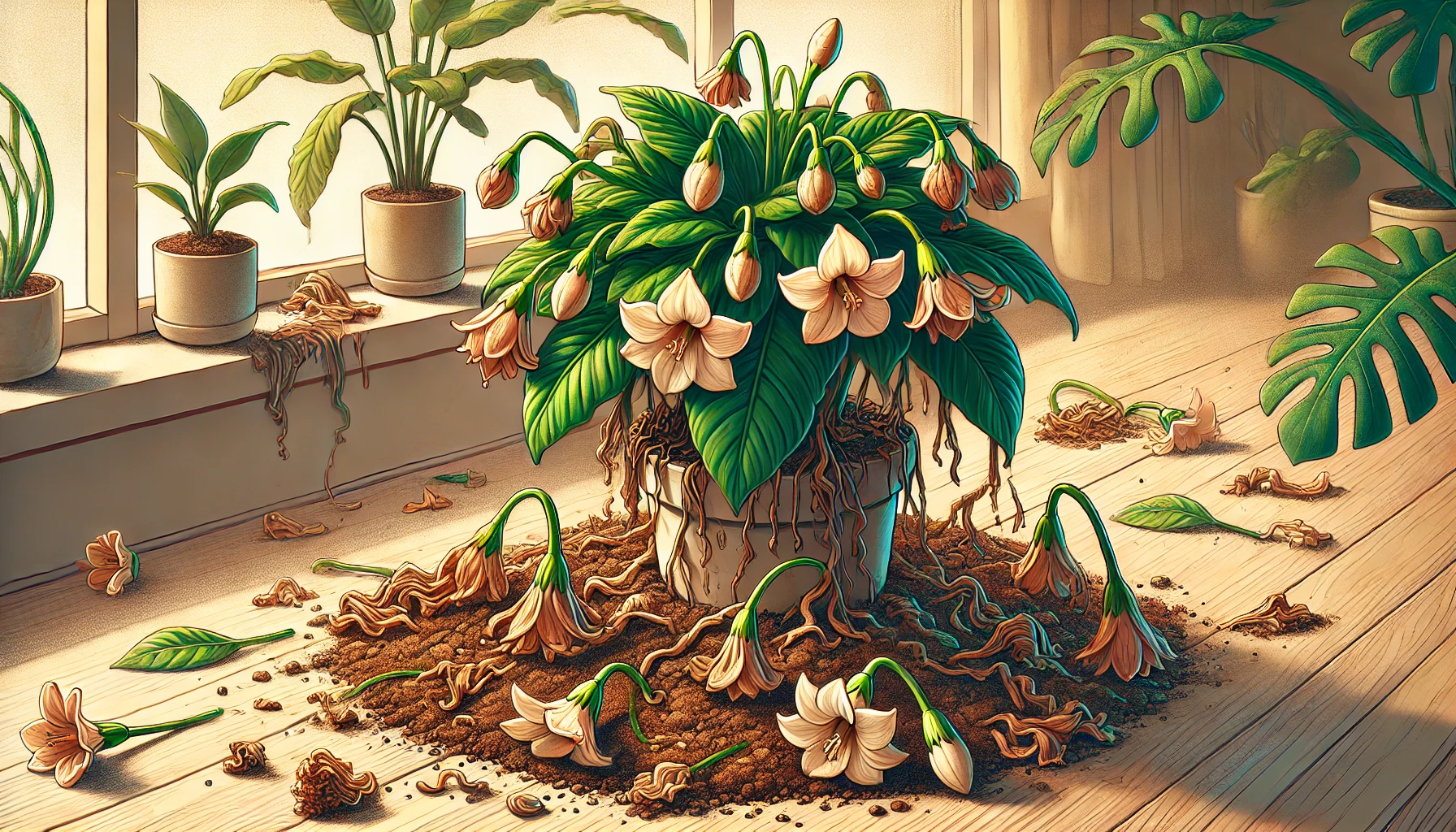
By spotting these signs early, you can take action to improve humidity and restore your plants to their lush, thriving selves! 🌿💧
Simple and Effective Ways to Improve Humidity for Houseplants 🌱💧
Improving humidity doesn’t have to be complicated! There are several easy and effective ways to create a moisture-rich environment for your plants. Here are some simple methods to try:
a) Misting: A Quick but Temporary Fix 🌫️
Misting your plants with water can provide a short burst of moisture, but it’s not a long-term solution. Use a fine spray bottle to lightly mist the leaves, especially in the morning. This can help increase humidity around your plant, but make sure to avoid over-wetting the leaves, as it can lead to mold or mildew.
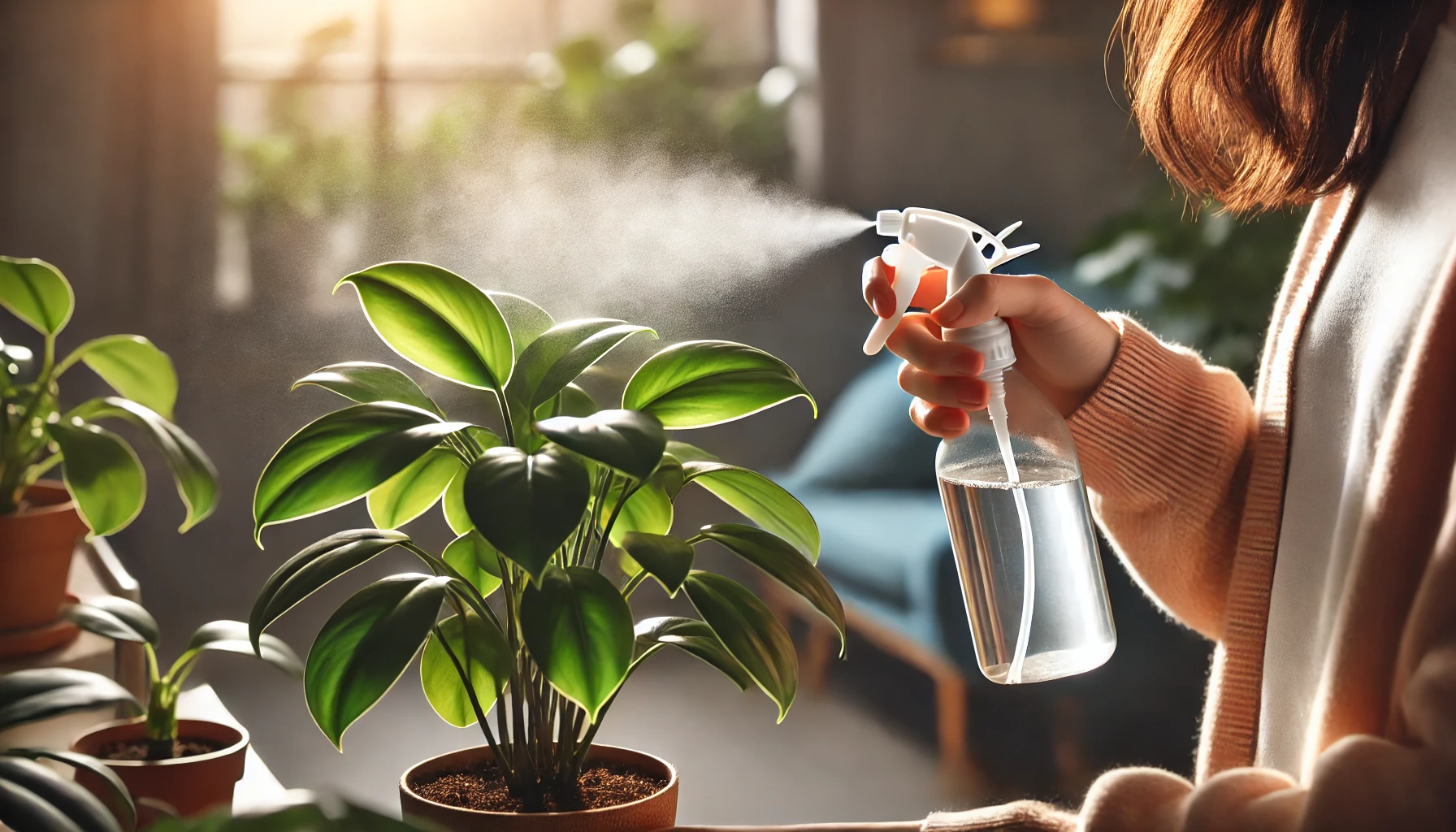
b) Pebble Trays: A Simple DIY Solution 🏵️💦
Place a shallow tray filled with pebbles and water beneath your plant pot. As the water evaporates, it increases the humidity around your plants. Ensure the pot sits above the water level on the pebbles to avoid waterlogging the roots, which could cause rot.
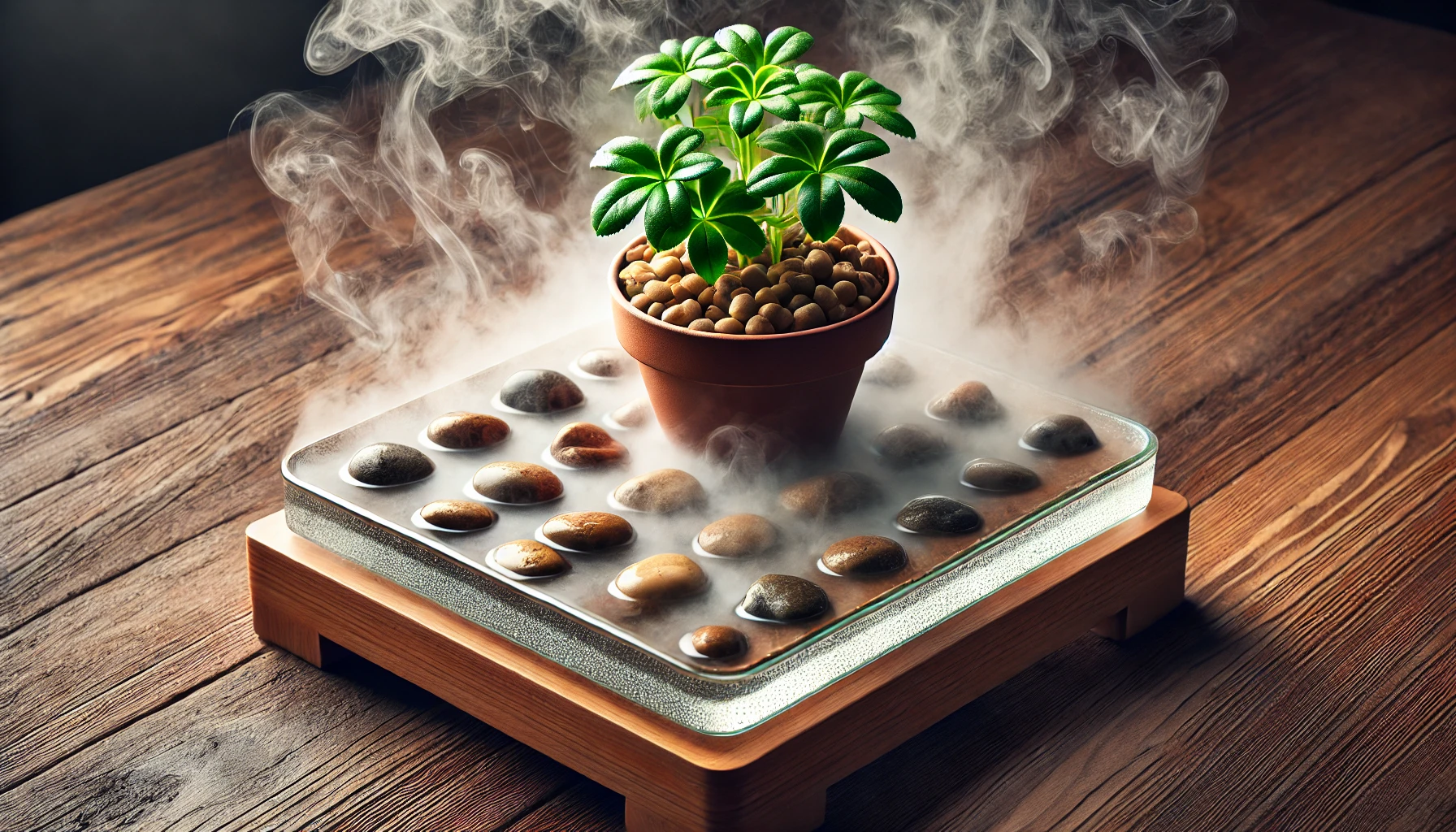
c) Grouping Plants Together 🌿🌿
Plants naturally create a mini humid environment when grouped together. By clustering your plants in one area, you allow the moisture in the air to circulate between them, helping to raise the humidity. It’s a great solution for plants with similar humidity needs.
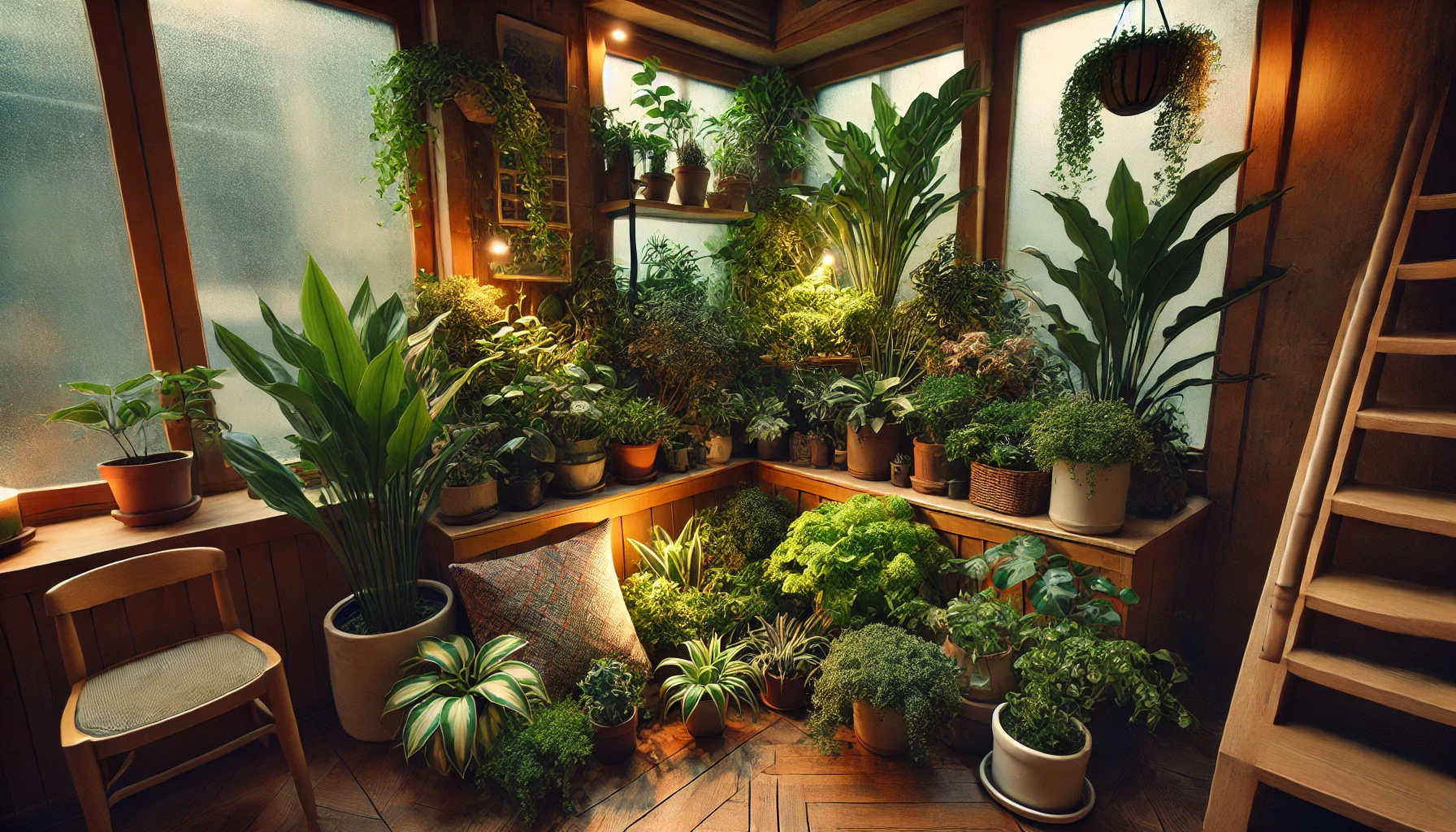
d) Using a Humidifier for Consistent Moisture 💧🌀
Humidifiers are one of the most reliable ways to consistently increase humidity. Place the humidifier near your plants, and it will release moisture into the air, providing a steady boost in humidity. Just be sure to clean the humidifier regularly to prevent mold buildup.
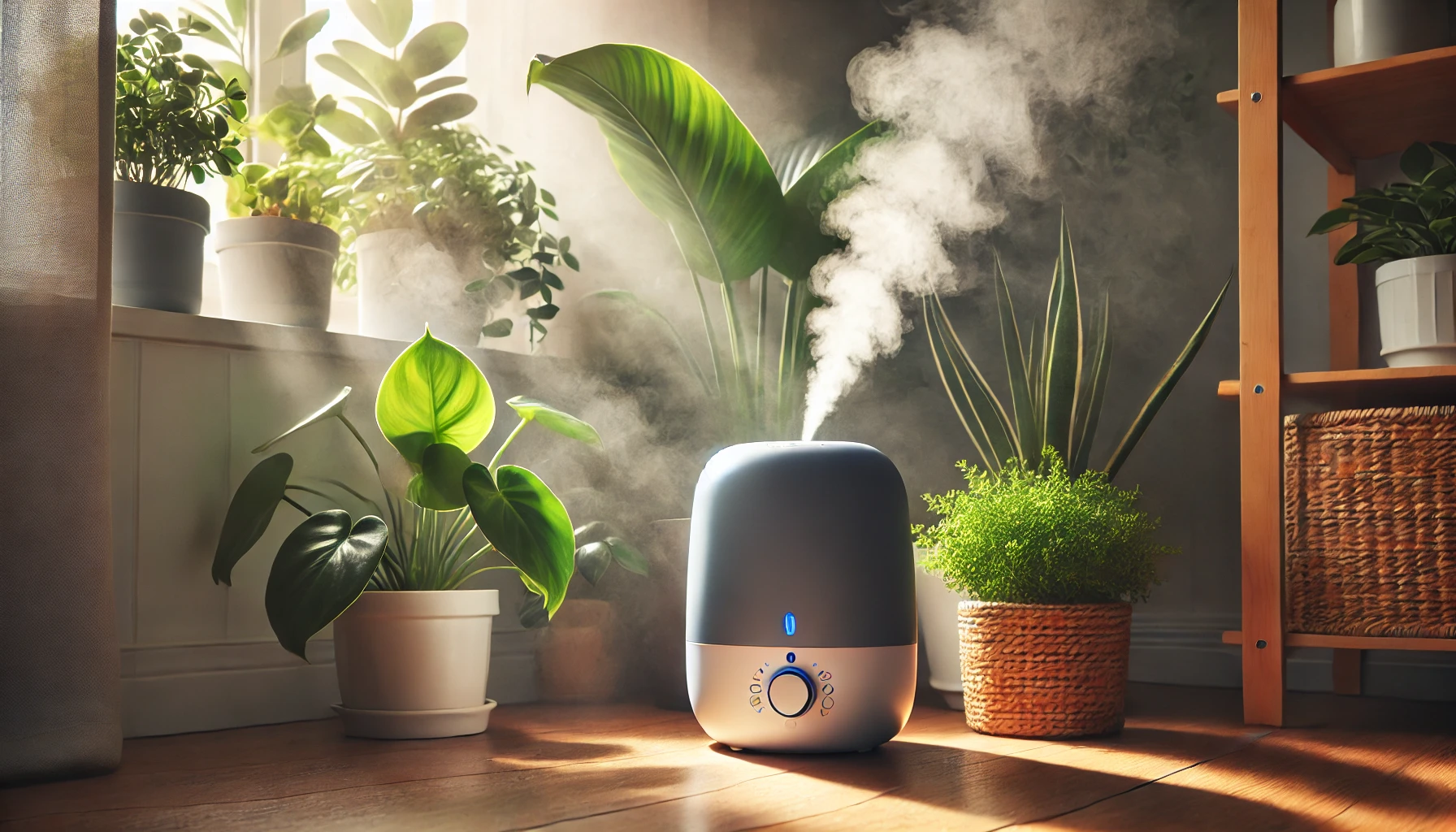
e) Relocating Plants to Humid Areas 🛁
If possible, move your plants to naturally humid areas in your home, such as the bathroom or kitchen. Showers and cooking can raise moisture levels, making these rooms ideal for humidity-loving plants like ferns and orchids. Just be sure they also get enough light!
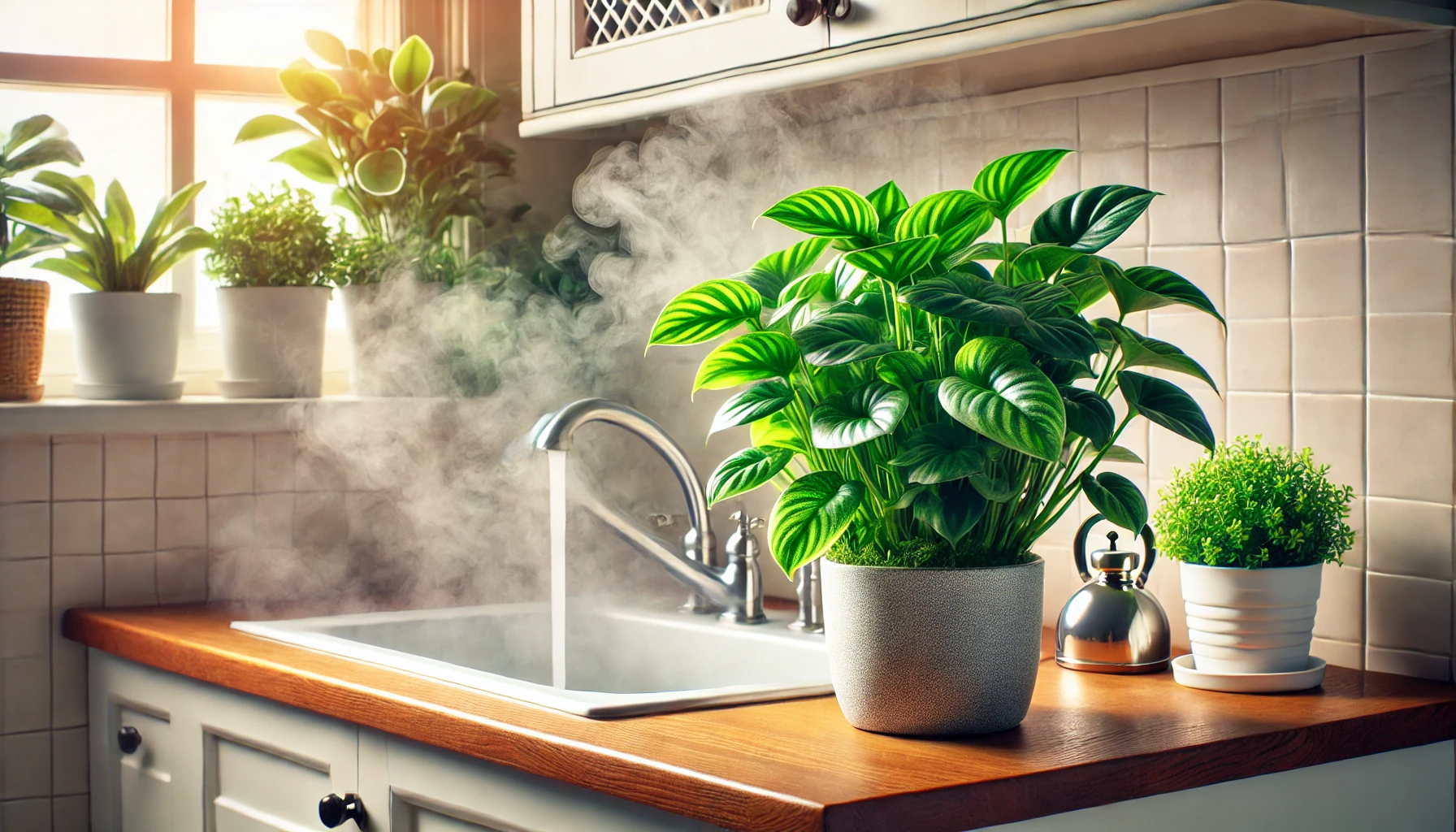
f) Creating a Terrarium for High-Humidity Plants 🌿🔮
For plants that love high humidity (like mosses, ferns, and orchids), consider creating a terrarium. This enclosed environment traps moisture and provides a humidity boost. It’s a great way to maintain the ideal moisture levels for tropical plants while keeping them contained and organized.
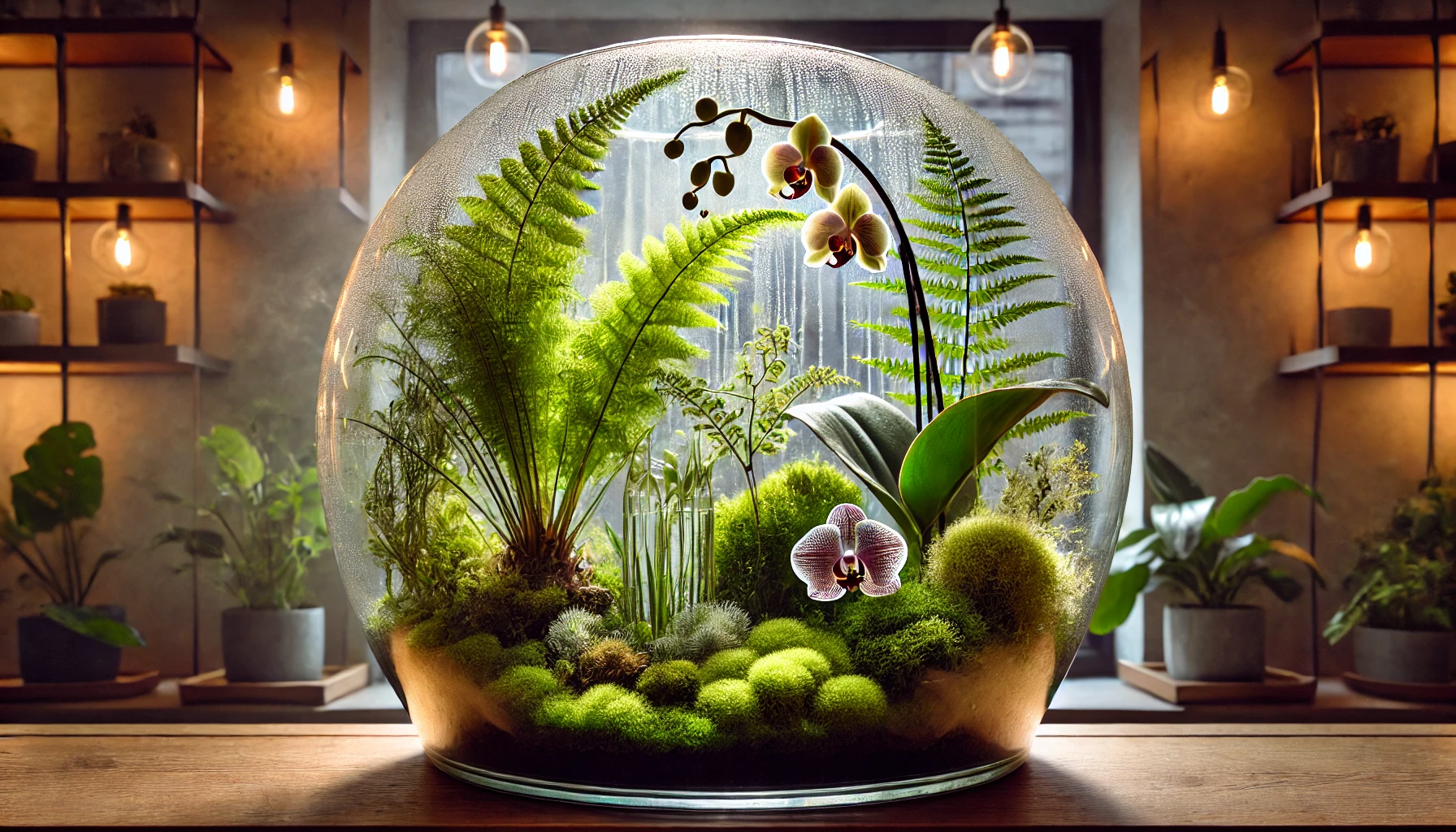
g) Using Damp Towels or Water Bowls 💧🧴
Placing damp towels or bowls of water near your plants is an easy way to raise humidity. The water will slowly evaporate, creating a more humid environment. This method is especially useful near heat sources like radiators or air conditioners that tend to dry out the air.
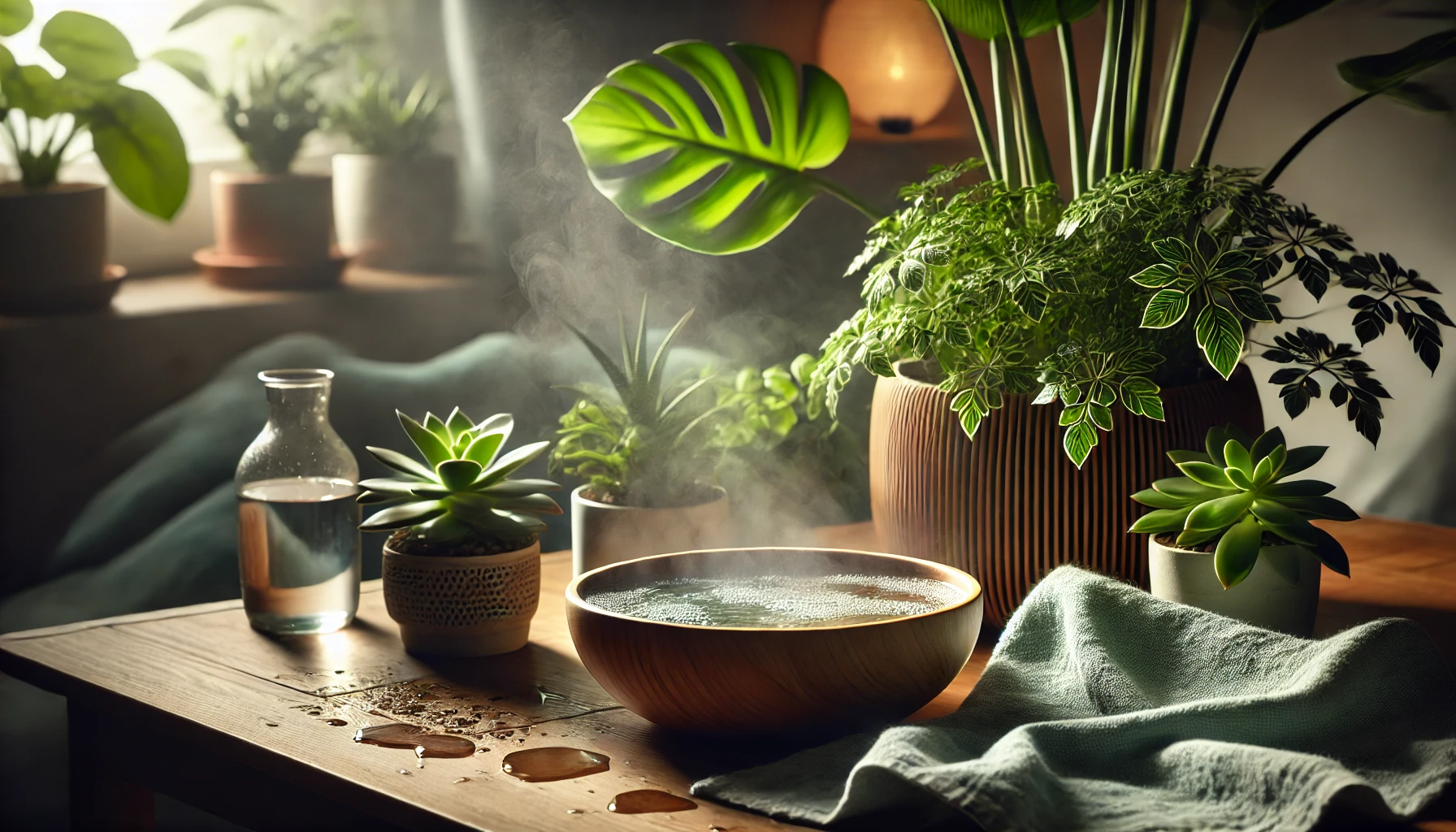
i) Placing a Sponge in a Tray to Slowly Release Moisture 🧽💧
Another effective method to boost humidity is by placing a damp sponge in a shallow tray. The sponge will slowly release moisture into the air as it dries out, creating a small, consistent humid zone around your plants. This method is especially useful in small spaces or rooms where a humidifier may be too large. Be sure to replace the sponge when it starts to dry out completely.
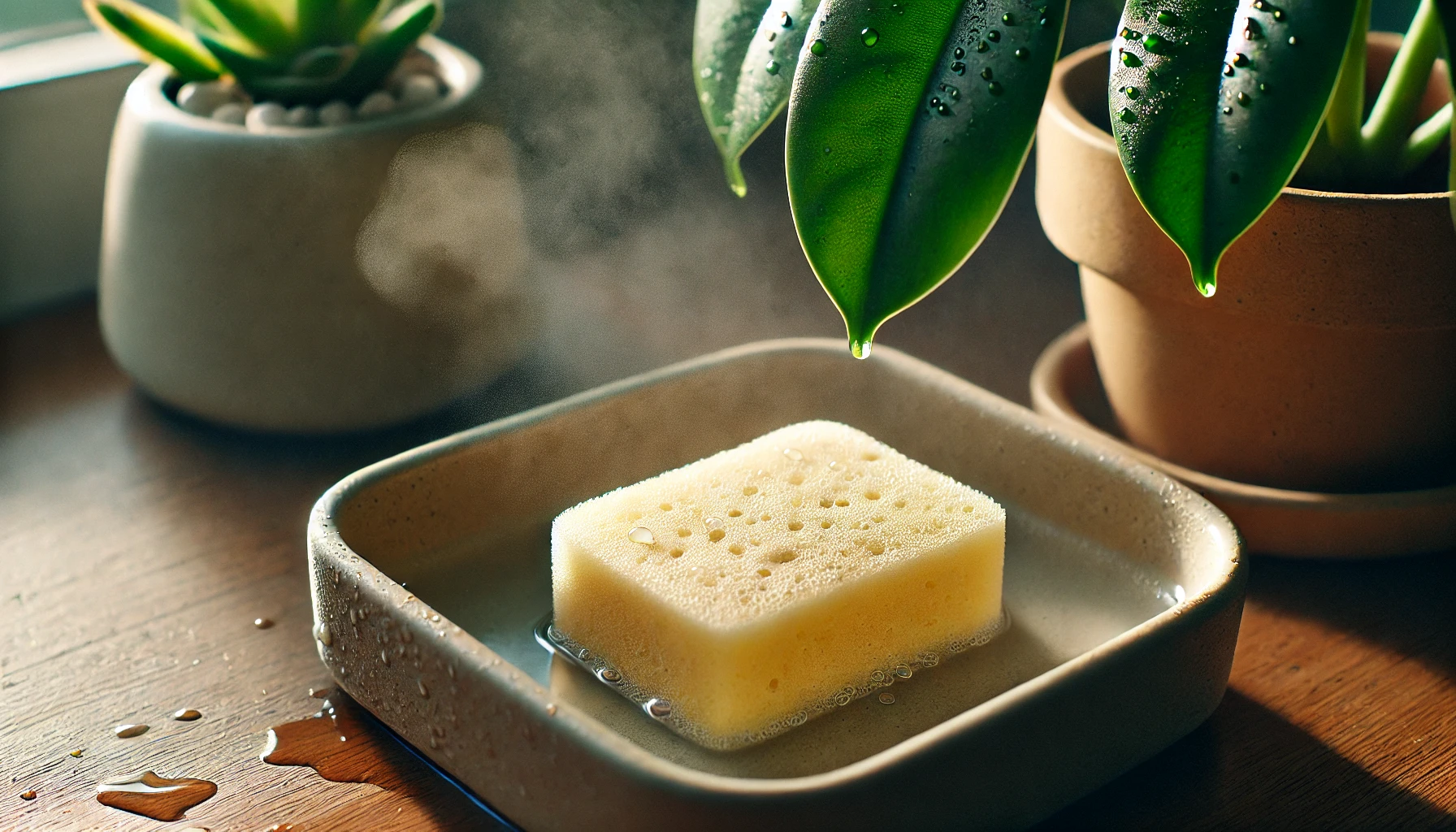
j) Adjusting Home Heating and Cooling to Reduce Dry Air 🌡️❄️
Home heating and air conditioning can strip the air of moisture, leaving plants dry and stressed. To combat this, use a humidistat to monitor and control indoor humidity levels. You can also adjust your heating system or use a space heater to warm rooms without causing excessive dryness. If possible, try to avoid placing plants near direct heat sources, as this will worsen the humidity problem.
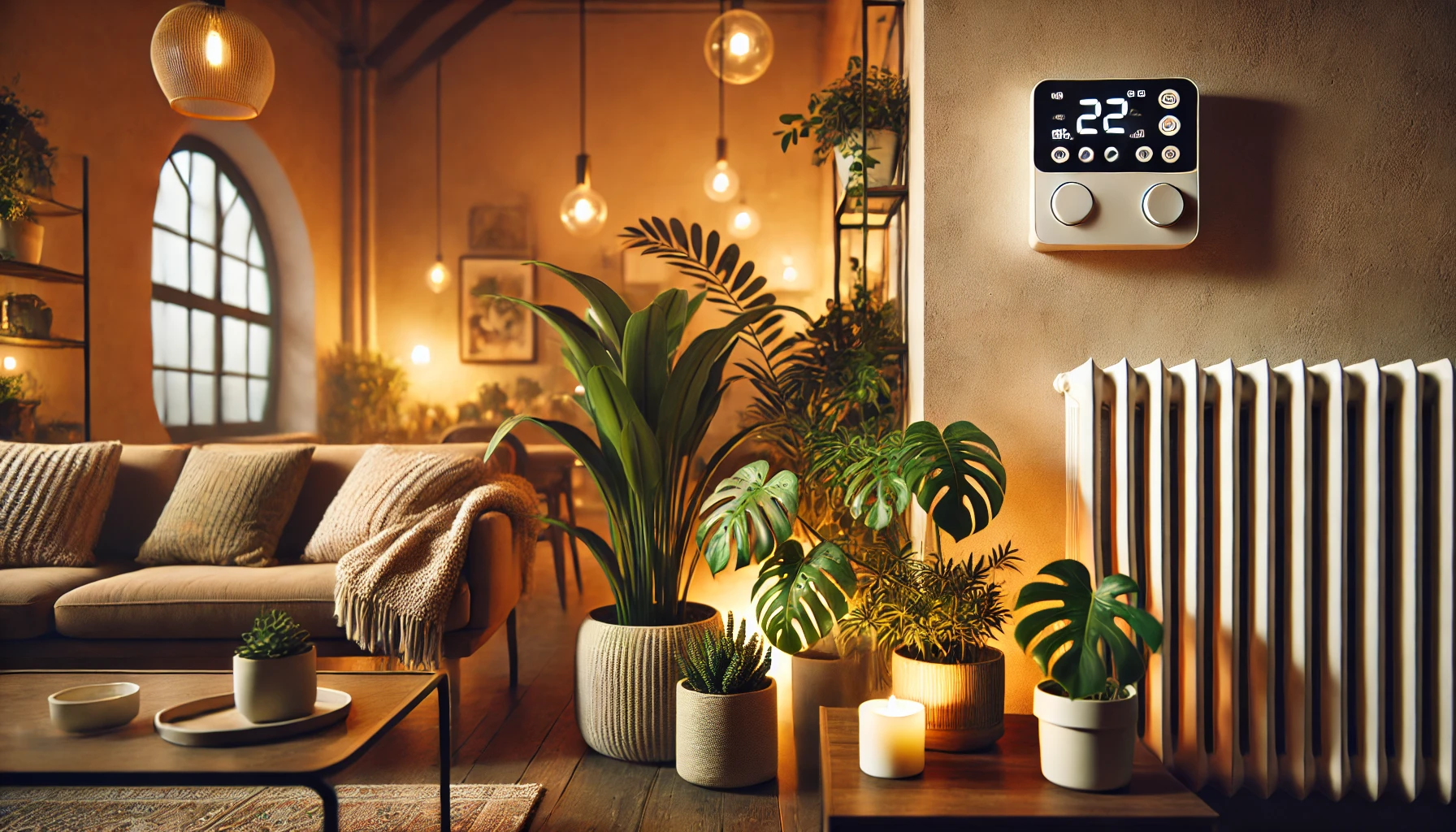
With these simple, practical solutions, you can easily improve humidity for your houseplants and create a thriving environment that keeps them healthy and happy! 🌱💚
Common Mistakes to Avoid When Increasing Humidity 🚫💧
While increasing humidity for your plants is important, there are a few common mistakes that can actually harm your plants or make the problem worse. Here’s what to avoid:
Overwatering Instead of Increasing Air Moisture 💦❌
A common mistake is overwatering plants in an effort to combat low humidity. While moisture is essential, excess water in the soil can lead to root rot. Remember, increasing humidity is about moisture in the air, not in the soil. Always check the soil moisture level before watering.
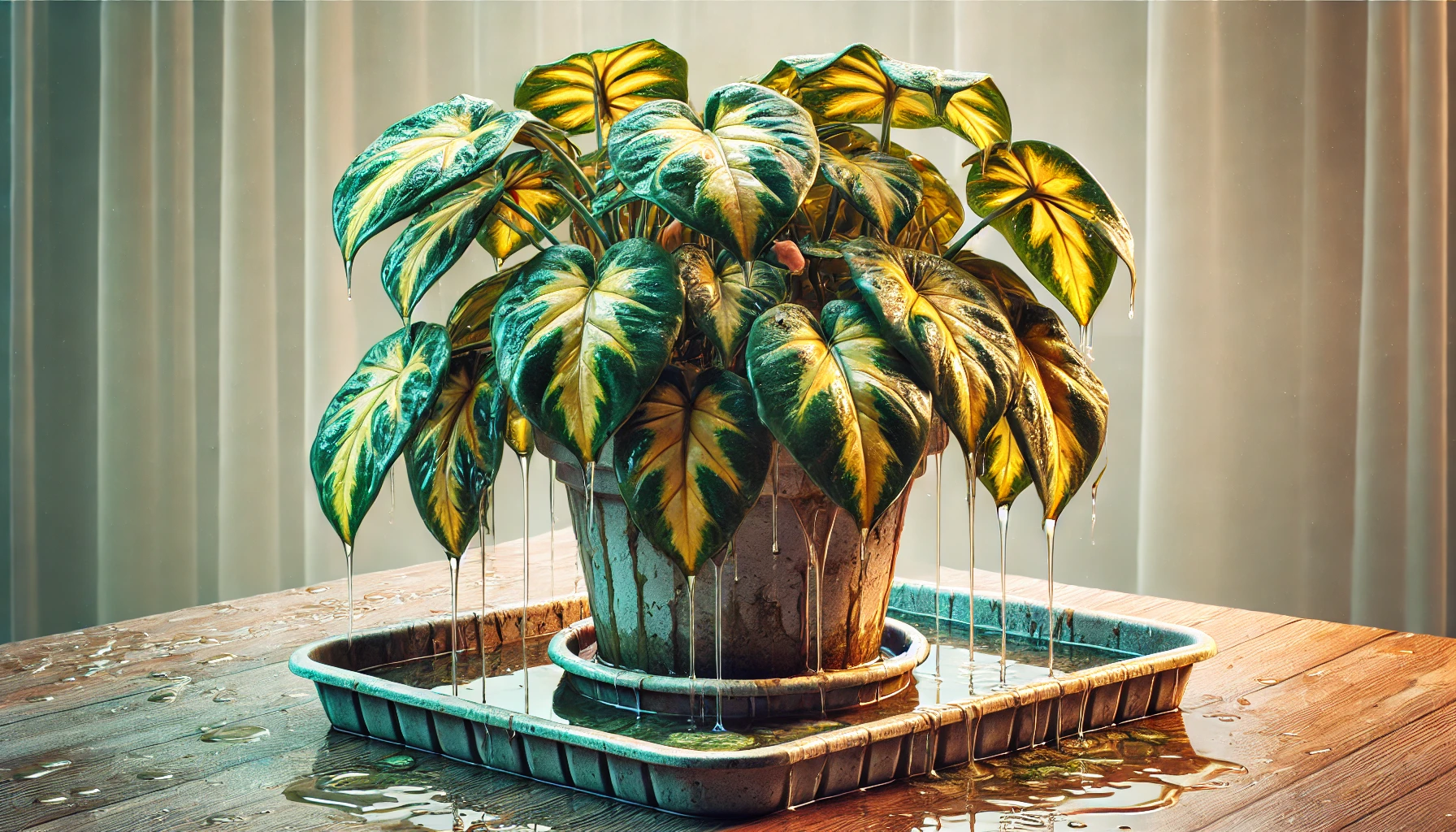
Using Hard Water for Misting 🚱🌿
Using tap water that is high in minerals (hard water) can leave spots on leaves and cause buildup over time. It’s best to use distilled or filtered water for misting your plants. This ensures that minerals don’t accumulate and damage the leaves.
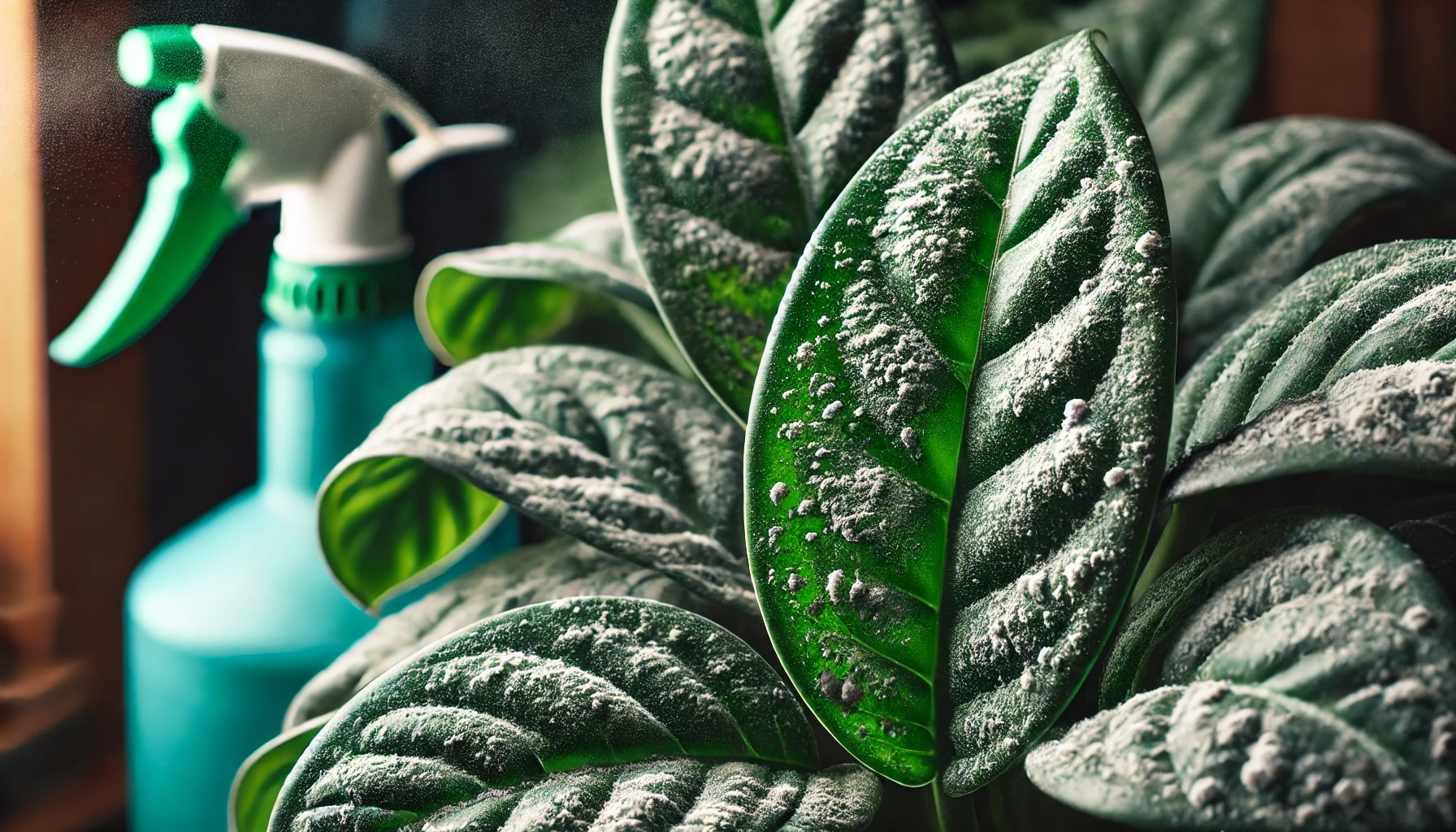
Placing Plants Near Heat Sources or Vents 🔥❌
While trying to boost humidity, avoid placing plants near heat sources like radiators or air vents. These dry out the air and can counteract any humidity-boosting efforts. Instead, position plants in areas that are warm but not excessively dry.
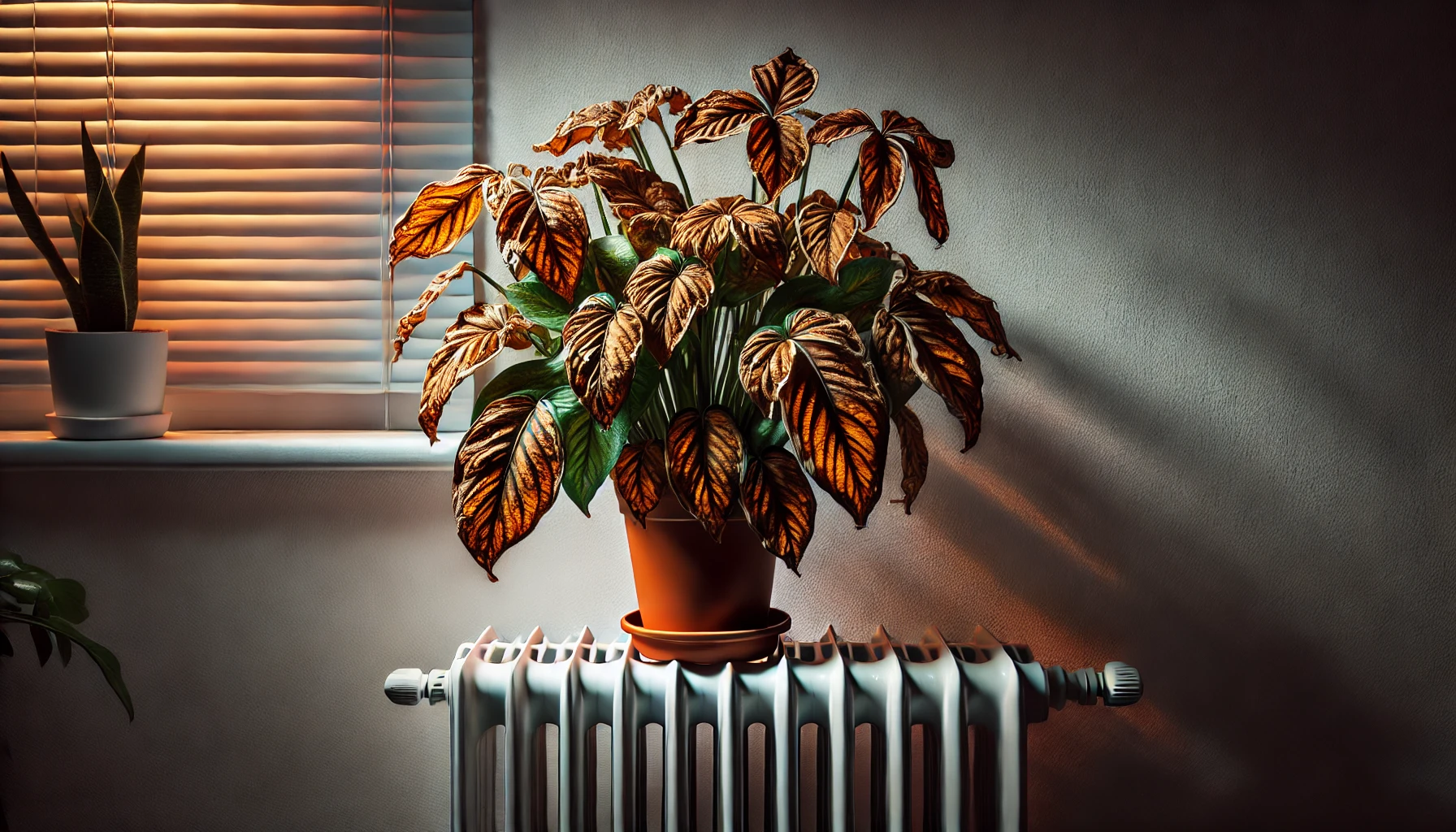
Ignoring Air Circulation 💨🌱
Good air circulation is crucial for healthy plants. Stagnant air can lead to mold, mildew, or fungal diseases, especially in humid environments. Avoid creating a sealed, air-tight environment without ventilation. Allow air to flow freely around your plants for better overall health.
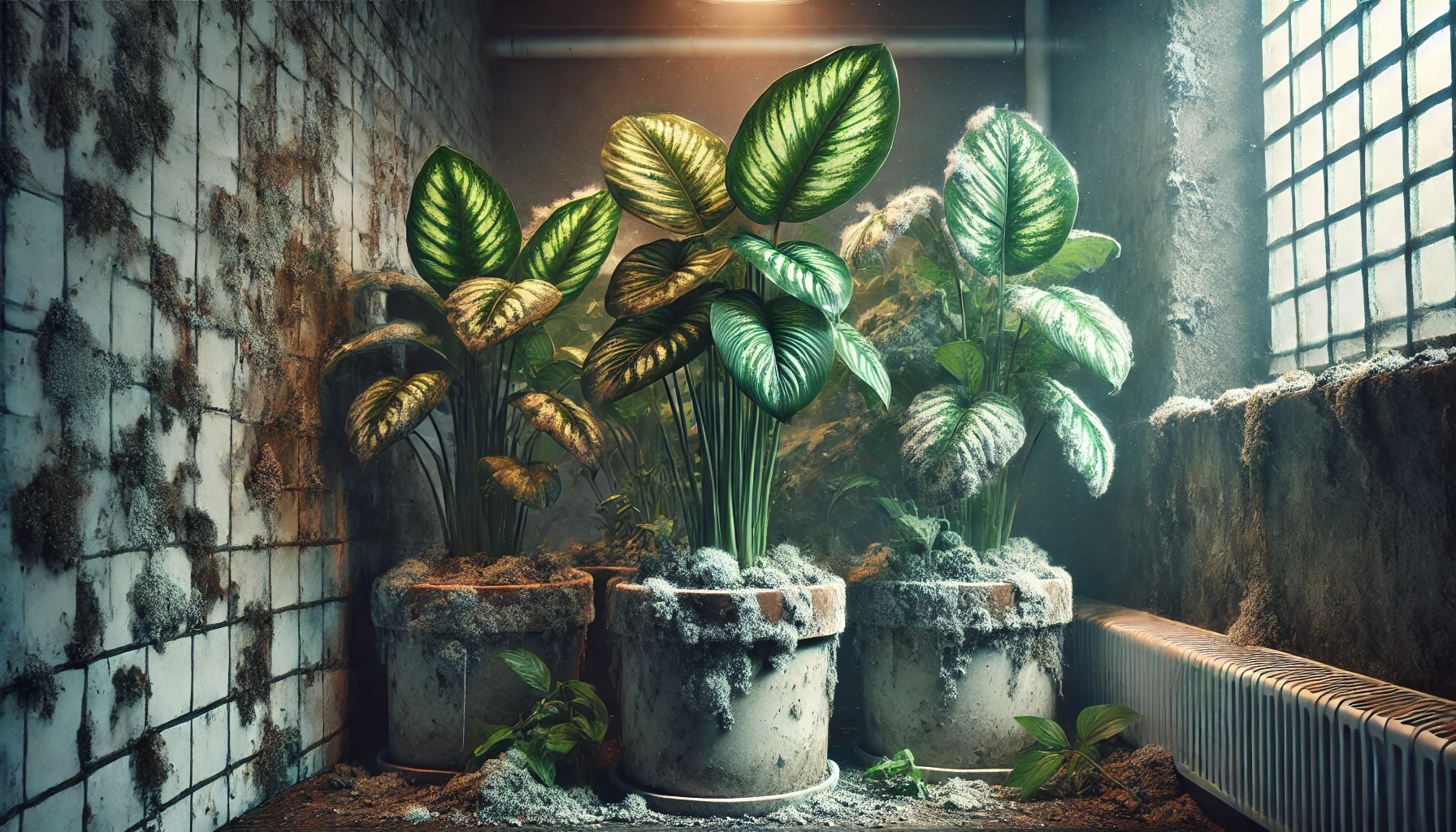
Misting Too Often Without Drying Time 🌫️💧
Misting too frequently without giving leaves time to dry can lead to fungal issues. Water droplets on leaves provide a breeding ground for mold and bacteria. If you mist, ensure there’s enough time for the leaves to dry off, ideally before the evening when temperatures drop.
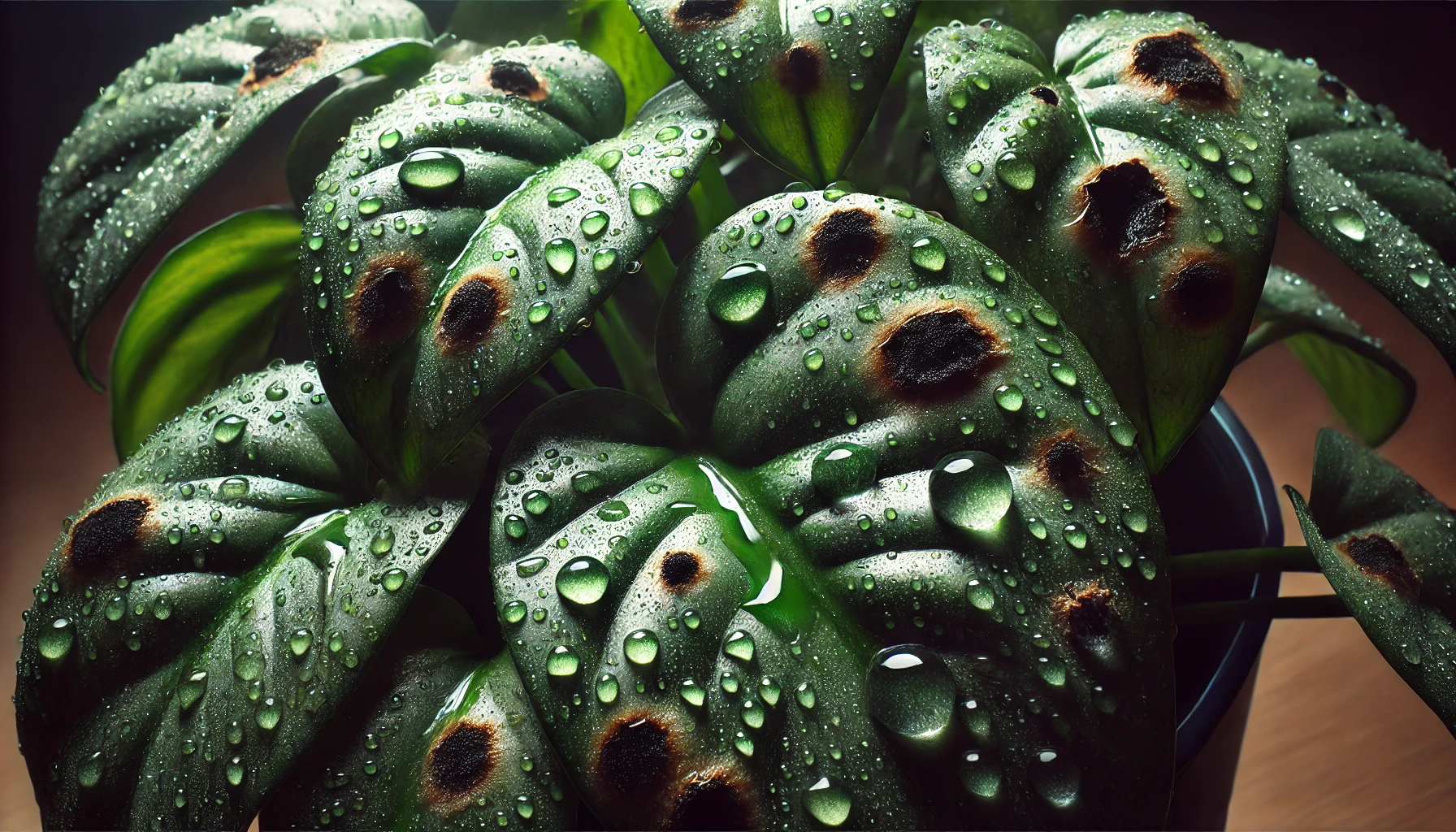
Avoiding these common mistakes will ensure that your efforts to boost humidity lead to healthier, happier plants! 🌱🌟
Increasing humidity is essential for keeping your houseplants healthy and thriving, especially for moisture-loving varieties. By understanding the signs of low humidity and using simple methods like misting, grouping plants, or adding a humidifier, you can create a perfect environment that promotes lush growth. 🌱
Remember, consistency is key—boosting humidity takes time and care. Avoid common mistakes like overwatering or placing plants in dry spots, and instead focus on creating a balanced, moisture-rich atmosphere. With the right approach, your plants will reward you with vibrant, healthy foliage and continued growth. 🌿✨
Take action today to improve your plants’ environment, and watch them flourish in the humidity they crave! 🌱💧
Frequently Asked Questions (FAQ)
What are the signs that my houseplants need more humidity?
Dry, crispy leaf edges, wilting, slow growth, and brown tips are common indicators that your plant requires more moisture in the air.
How can I increase humidity around my plants without a humidifier?
Grouping plants together, placing water trays with pebbles beneath pots, and misting leaves can help create a more humid environment.
Is misting an effective way to boost humidity for houseplants?
Misting can provide a short-term boost, but it evaporates quickly. For lasting humidity, other methods like pebble trays or room humidifiers are more effective.
Can I use a humidifier for my plants?
Yes, a humidifier is one of the best ways to maintain consistent humidity, especially for tropical plants that require high moisture levels.
Do all houseplants need extra humidity?
Not all plants require high humidity. Succulents and cacti thrive in drier air, while tropical plants like ferns and orchids prefer higher humidity levels.
Will placing plants in the bathroom increase humidity?
Yes, bathrooms often have higher humidity due to showers and baths, making them a great spot for moisture-loving plants.
How do pebble trays help with humidity?
When water in the tray evaporates, it adds moisture to the air around the plant, creating a more humid microclimate.
Can overwatering replace the need for humidity?
No, overwatering can lead to root rot and other issues. It’s important to increase air moisture without saturating the soil.
